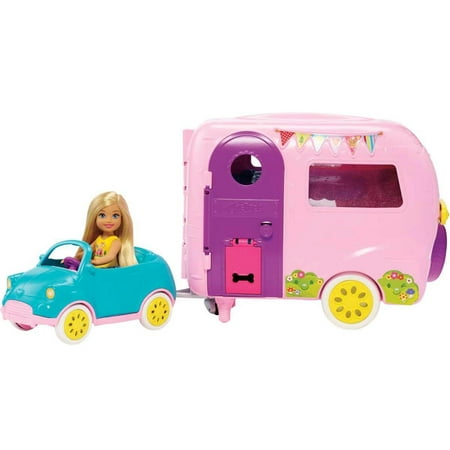Girl Fashion Toy 32 Item/Set Doll Accessories Clothes For Barbie Doll
Package Including:Random 10x dressesRandom 10x shoesRandom 6x necklacesRandom 4 GlassRandom 2x handbagsSpecification:100% new and Mix Sorts.Fit For: Barbie Doll(2000s) / FR Doll / Kurhn Doll / Blythe Doll / Vintage Barbie Doll / Silkstone Barbie Doll / Momoko Doll / Pullip Doll / Jenny Doll and other 28CM-30CM Doll (11.0″-12″ doll).Colour:Mix colour (Colour Random Shipping)Package: Opp bag
SKU:
426889695
Categories: Doll Clothes & Accessories, Dolls & Dollhouses
Tag: Girl Fashion Toy 32 Item/Set Doll Accessories Clothes For Barbie Doll
-
$13.99
$15.88


Toy,Mix colour,Barbie Doll,Fashion,Girls
Submit your review Cancel reply





Reviews
There are no reviews yet.